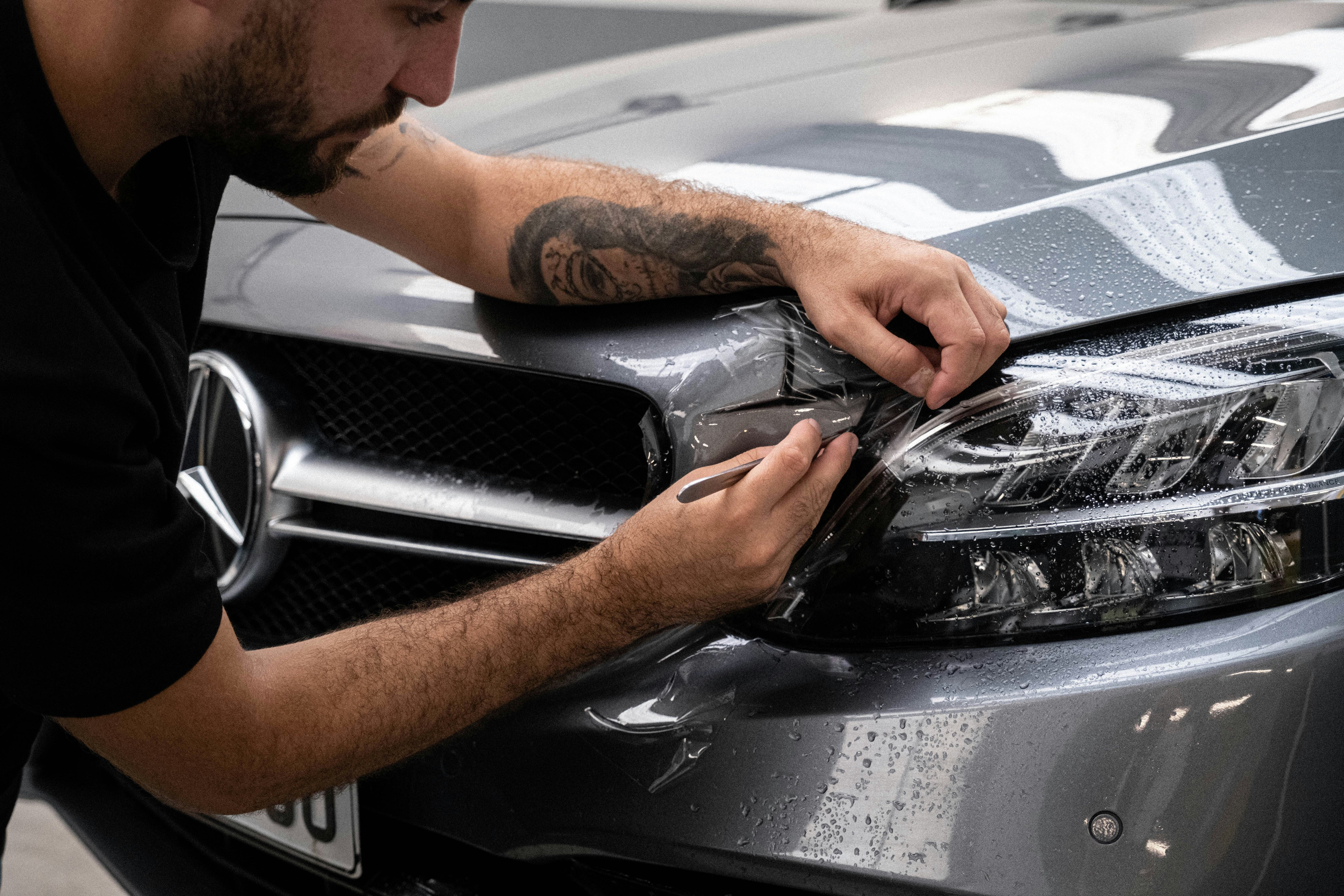
The Evolution of Car Bras to PPF Wraps: A Modern Take on Paint Protection
What to Expect During a PPF Wrap Installation
The Journey from Car Bras to Modern Paint Protection
The world of automotive paint protection has come a long way. Back in the day, if you wanted to protect your car’s front end from bugs, rocks, and debris, you’d slap on a “car bra.” It was bold, functional, and somewhat stylish for its time. But fast forward to today, and we have PPF wraps, a transparent, high-tech solution that guards every inch of your vehicle’s paint while keeping it looking brand new.
In this era where cars are more than just transportation, they’re an expression of personality and investment, paint protection has become a necessity rather than a luxury. Road debris, UV rays, harsh weather, and even minor abrasions can dull that fresh-off-the-lot shine. That’s where PPF film, or Paint Protection Film, steps in as the modern answer to an old problem.
We’ll take a closer look at how the traditional bra for the car evolved into the advanced PPF wrap, why this shift happened, and what you can expect from both options. Whether you’re a car enthusiast, a daily commuter, or someone simply looking to protect your investment, this guide breaks down everything you need to know about the evolution and advantages of PPF.
If you’re exploring modern alternatives to traditional car bras, our PPF tools collection offers everything you need to achieve a flawless paint protection film installation →
What Is a Car Bra? Understanding the Classic Paint Protector

Before the age of invisible protection films, the car bra reigned supreme. First introduced in the 1960s, it was essentially a vinyl or leather-like cover designed to shield the front end of the car, especially the hood and bumper, from scratches, stone chips, and insects during driving. The name “car bra” came from its snug fit and protective nature, similar to a clothing accessory meant to safeguard.
Car bras were incredibly popular among sports car owners and performance vehicle enthusiasts. They were practical and gave a distinct look, though opinions were always divided. Some found them sporty and stylish; others thought they ruined the car’s aesthetic.
Materials used in car bras typically include heavy-duty vinyl with a soft felt or fleece underside to prevent scratching the paint. While effective to an extent, traditional car bras had several limitations: moisture could get trapped underneath, leading to oxidation or paint discolouration over time. They also required frequent removal and cleaning, especially after rain or long trips.
Despite these flaws, the car bra laid the foundation for a new era of paint protection, one that aimed to provide the same defence without compromising the car’s appearance. That’s where PPF film took over the stage.
The Rise of PPF Wraps in the Automotive Industry
The evolution from the old-school car bra to the modern PPF wrap is one of the most exciting transformations in automotive care. Paint Protection Film (PPF), often referred to as a “clear bra,” was originally developed by the U.S. military to protect helicopter blades from debris damage during the Vietnam War. Later, automakers adopted the same technology for high-performance and luxury vehicles.
A PPF film is a transparent, thermoplastic urethane material applied directly to the painted surfaces of a vehicle. Unlike traditional car bras, PPF is practically invisible once installed, offering protection without altering your car’s appearance. It shields your paint against road debris, stone chips, UV rays, bird droppings, and even minor scratches.
Modern PPF wraps also come with self-healing properties, a feature where minor scratches and swirl marks disappear when exposed to heat or sunlight. This makes it a long-lasting solution for those who want to keep their vehicle looking flawless.
It’s no wonder car enthusiasts and luxury vehicle owners have widely adopted PPF wraps. They combine aesthetics, performance, and durability in one sleek package.
For a complete installation solution, check out our PPF tool kits designed for professional results on any vehicle →
PPF Wrap vs. Car Bra: Which One Should You Choose?
Choosing between a car bra and a PPF wrap boils down to balancing tradition, cost, and modern technology.
In terms of appearance, the PPF wrap takes a clear lead. While car bras can look bulky or dated, a PPF film is invisible, preserving your car’s original colour and shine. It covers as much or as little as you want, from full-body wraps to partial front-end coverage.
Protection level is another key difference. Car bras shield only the areas they cover, usually the front bumper and hood. PPF, on the other hand, can protect every inch of painted surface. It’s also far more resistant to weather, UV rays, and chemical stains.
When comparing costs, car bras are more affordable upfront, typically a few hundred dollars, while PPF wraps range from $1,500 to over $6,000, depending on coverage. However, when you factor in long-term durability and the protection of your vehicle’s resale value, PPF often provides better value for money.
If you drive long distances, own a luxury car, or simply want the best defence against wear and tear, a PPF wrap is the smarter choice. But if you’re on a budget or only need basic front-end coverage, a car bra can still serve you well.
Before PPF technology, vehicle owners relied on vinyl covers, today, installers can achieve far better protection using vehicle wrapping tools built for precision and durability →
What to Expect During a PPF Wrap Installation

If you’ve decided to go with a PPF wrap, knowing what to expect during installation can make the process smooth and stress-free.
The installation usually begins with a thorough cleaning and paint decontamination. Your vehicle must be spotless before the film is applied; any dust, dirt, or wax residue can affect adhesion and cause visible imperfections.
Next comes the film cutting and fitting process. Technicians either use pre-cut templates designed specifically for your car model or manually trim the film for a perfect fit. The PPF film is applied using a slip solution to position it correctly before being squeegeed out to remove air bubbles and moisture.
Depending on the size of the vehicle and the level of coverage, installation can take anywhere from a few hours to two full days. After installation, the car is typically kept indoors for 24 to 48 hours to allow the film to cure properly.
Once cured, the film is practically invisible. You can wash your car after about a week, but it’s best to avoid automatic car washes for the first few weeks to prevent lifting at the edges.
A properly installed PPF wrap looks flawless, enhances gloss, and adds a protective layer that can last for years with minimal maintenance.
For those working with modern wraps and films, our wrap squeegees ensure smooth, bubble-free applications across all panels →
Car Bra vs. PPF Film: Pros, Cons, and Best Uses
When it comes to car paint protection, both car bras and PPF films serve a similar purpose, but their effectiveness, aesthetics, and practicality vary significantly. Understanding the pros and cons of each can help you make a more informed decision for your vehicle.
Let’s start with the traditional car bra. Its main advantage is cost; it’s inexpensive and easy to install or remove. If you’re looking for temporary protection during road trips or for occasional highway drives, a car bra might be a good choice. It provides a decent barrier against bugs, minor debris, and small stones that would otherwise chip your paint. However, the drawbacks are clear: moisture can get trapped underneath, leading to corrosion, and the material can cause micro-abrasions over time if dirt collects beneath it. Plus, it covers up the car’s front design, taking away from its original aesthetic appeal.
Now let’s talk about PPF film, the modern alternative. Unlike a fabric or vinyl car bra, PPF is a transparent, self-healing urethane film that adheres directly to the paint. It doesn’t alter your car’s colour or shape, it enhances it. The film protects not only from physical abrasions but also from UV rays, chemical stains, and oxidation, all while maintaining a high-gloss finish. PPF also prevents the common problem of discolouration that car bras often cause when left on too long.
In terms of best use cases, car bras are great for those who drive occasionally or own older vehicles where aesthetics are less of a concern. On the other hand, PPF wraps are ideal for new cars, luxury vehicles, or anyone who wants to preserve their car’s factory paint for as long as possible. If your goal is long-term protection with minimal maintenance, PPF film is the clear winner.
Every installer needs reliable knife, cutters, and blades for clean, accurate trimming around edges and badges →
How Long Does a PPF Wrap Last? Maintenance Tips You Should Know
One of the biggest questions car owners ask before getting a PPF wrap is, “How long will it last?” The good news is that a high-quality PPF film can last anywhere from 5 to 10 years, depending on factors like the brand, installation quality, and how well you maintain it. Some premium films even come with warranties lasting up to 12 years.
The key to longevity lies in proper maintenance. After installation, it’s recommended to wait about seven days before washing your car. This allows the adhesive to fully cure and prevents lifting at the edges. Once cured, regular washing is essential, but stick to pH-balanced car shampoos and avoid harsh chemicals. Pressure washers are fine, but keep them at least 2–3 feet away from the edges of the film to avoid peeling.
Avoid automatic car washes that use rotating brushes, as these can cause minor scratches. Instead, opt for hand washing using the two-bucket method and microfiber towels. To maintain shine, you can use PPF-safe ceramic sprays or sealants that enhance gloss while adding an extra hydrophobic layer.
Another important maintenance tip is regular inspection. Every few months, check for signs of yellowing, bubbling, or edge lifting. These can indicate poor installation or exposure to harsh conditions. However, with proper care, a good PPF wrap can easily protect your vehicle for years, keeping it looking as glossy as the day you bought it.
When compared to the car bra, the difference in maintenance effort and longevity is remarkable. Car bras require frequent removal and cleaning, while PPF needs only routine washing. In the long run, PPF’s durability and ease of care make it the better investment.
For complex curves or bumpers, knifeless tape makes it easy to cut film precisely without damaging paintwork →
The Cost Factor: Is PPF Worth the Investment?
At first glance, PPF installation might seem expensive. Depending on your vehicle type, location, and the extent of coverage, prices typically range from $1,500 to $6,000 or more. That’s quite a jump compared to the $200–$400 you’d spend on a traditional car bra. But let’s look deeper into what that investment truly covers.
PPF isn’t just a protective film; it’s an advanced layer of self-healing, UV-resistant, chemical-proof technology that actively preserves your car’s factory paint. Think of it as insurance for your vehicle’s exterior. Every rock chip or scratch that doesn’t reach the paint is money saved on repainting and touch-ups. Over time, that adds up.
Moreover, maintaining original paint dramatically increases resale value. Car buyers pay a premium for vehicles that haven’t been repainted, as factory finishes indicate that the car has never suffered from major damage. By keeping your paint in perfect condition, PPF film effectively pays for itself when it’s time to sell or trade your car.
Many PPF brands now offer warranty coverage that ranges from 5 to 12 years, covering yellowing, cracking, peeling, and other defects. Combine that with minimal maintenance costs, and the overall long-term value becomes evident.
So, is it worth it? If you own a high-end, luxury, or even a daily-use car you plan to keep for several years, yes, PPF is absolutely worth the investment. It offers peace of mind, protection, and pride of ownership that go far beyond what a traditional car bra can offer.
DIY vs. Professional PPF Installation
The rise of online tutorials and DIY kits has made many car owners wonder: “Can I install PPF film myself?” Technically, yes, but it’s not as simple as it looks. Installing PPF requires precision, patience, and the right tools. A single mistake can lead to bubbles, misalignment, or even paint damage.
DIY PPF installation kits are available for smaller sections like mirrors, headlights, or door edges. However, for full-body wraps, professional installation is strongly recommended. Trained installers use computer-cut templates that match your car’s exact specifications, ensuring a seamless fit without over-stretching or trimming errors.
Professionals also work in dust-free environments, which is crucial since even a speck of dust can cause visible imperfections under the film. They use special solutions to position and adhere the film, and their experience helps avoid issues like silvering, edge lifting, or trapped moisture.
On the other hand, doing it yourself can save money but may cost more in the long run if you need to redo sections or have them corrected. Professional installation guarantees durability, uniformity, and warranty protection.
In short, while DIY PPF kits might sound appealing, full-body or high-end wraps are best left to professionals who understand the art and science of film application. It’s a one-time investment that ensures your vehicle gets the flawless protection it deserves.
If you’re managing multiple projects, store your tools efficiently in a professional-grade tool bag built for mobility and organisation →
The Science Behind PPF: How It Works

Behind the sleek look of PPF film lies some fascinating technology. PPF is made from thermoplastic urethane, a flexible, transparent material that provides both elasticity and durability. It consists of multiple layers, each serving a specific purpose.
Topcoat Layer: This is where the magic happens. The topcoat provides self-healing properties, meaning that small scratches and swirl marks literally disappear when exposed to heat from the sun or hot water.
Urethane Layer: This middle layer offers impact resistance, absorbing the energy from small rocks, road debris, and other minor abrasions that could otherwise chip your paint.
Adhesive Layer: The base layer ensures strong adhesion to your car’s surface without damaging the paint when removed.
This multi-layer design gives PPF its unique blend of strength and flexibility. The self-healing technology is made possible by elastomeric polymers that return to their original shape after being deformed, allowing scratches to vanish over time.
Moreover, many high-end PPFs now include UV inhibitors that prevent yellowing and protect your car’s paint from fading due to prolonged sun exposure. Some even feature hydrophobic coatings, making it easier to wash away dirt and water spots.
In essence, PPF is not just a physical barrier; it’s smart protection. It adapts, heals, and endures, providing an invisible shield that keeps your car looking new for years.
Before installation, make sure the surface is clean and free from dust using specialised cleaning tools made for vinyl and film preparation →
Common Myths About PPF Wraps and Car Bras
When it comes to car protection, there’s no shortage of myths, especially surrounding PPF wraps and car bras. Many car owners hesitate to invest in PPF because of misconceptions they’ve heard online or from unverified sources. Let’s set the record straight and debunk the most common myths.
Myth 1: PPF damages the paint when removed.
This is one of the biggest misconceptions. High-quality PPF films are designed with safe adhesive layers that don’t harm factory paint. When installed and removed by professionals, the film peels off cleanly, leaving no residue or damage behind. In fact, it actually protects the paint underneath from chips, oxidation, and fading. Problems only arise if a low-quality film is used or if the car’s paint wasn’t in good condition before installation.
Myth 2: All PPF films turn yellow over time.
While this was true with older generations of film, today’s premium PPF wraps are UV-resistant and non-yellowing. Brands now use advanced topcoats that resist discolouration even under extreme sun exposure. Cheap or outdated products might still fade, but with modern PPF technology, yellowing is virtually a thing of the past.
Myth 3: Car bras offer the same protection as PPF.
This couldn’t be further from the truth. Car bras only protect the front end of your vehicle and are made from fabric or vinyl, not nearly as resilient as urethane film. They don’t defend against UV rays, chemical stains, or light scratches the way PPF does. Plus, if not maintained properly, car bras can trap dirt and moisture, causing the exact damage they’re meant to prevent.
Myth 4: PPF is only for luxury or sports cars.
While it’s true that PPF is popular among luxury vehicle owners, it’s suitable for any car, regardless of make or model. Even daily drivers benefit from the extra protection, especially in harsh climates or on highways where rock chips are common. Think of PPF as affordable insurance for your vehicle’s exterior.
Myth 5: PPF is difficult to clean or maintain.
Quite the opposite! PPF wraps are designed to be low-maintenance. The hydrophobic surface repels dirt and water, making washing your car easier than ever. You can wax or apply ceramic coatings over it for added gloss, and it’ll continue to perform flawlessly for years.
In short, many myths surrounding PPF come from outdated information. The technology has evolved dramatically, and when installed correctly, PPF is one of the most reliable and long-lasting solutions for preserving your car’s paint.
If you’re removing old vinyl or outdated car bras, our part removal tools make the process quick and safe →
Environmental Impact: Is PPF Eco-Friendly?
In today’s environmentally conscious world, car owners are increasingly asking how PPF films affect the planet. Surprisingly, paint protection films can actually contribute positively to sustainability in several ways.
Firstly, by preserving the factory paint, PPF reduces the need for repainting or touch-ups, both of which involve harmful solvents, chemicals, and VOC emissions. Every time a vehicle undergoes repainting, it releases pollutants into the environment, something that PPF helps to avoid entirely.
Secondly, the long lifespan of modern PPF means less waste. A high-quality film can last up to a decade, minimising the frequency of replacements and reducing the amount of material that ends up in landfills. Some brands have even started developing biodegradable or recyclable films, pushing the industry toward more sustainable manufacturing practices.
Another overlooked aspect is energy efficiency. By reflecting UV rays and reducing oxidation, PPF helps your vehicle maintain a cooler surface temperature. This indirectly reduces the strain on your car’s air conditioning system, leading to marginally better fuel efficiency, a small but meaningful environmental gain over time.
When it comes to disposal, professional installers follow safe procedures for PPF film removal and recycling. Some facilities now work with specialised recycling programs to repurpose used film materials, ensuring they don’t harm the environment.
While it’s not entirely carbon-neutral, PPF remains far more eco-friendly than traditional repainting or frequent detailing. By protecting your car’s paint and extending its lifespan, you’re also helping reduce waste, energy use, and chemical pollution, making it a green choice for the modern driver.
For adhesive residue or leftover decals, decal removal tools can help restore your vehicle’s surface before applying new film →
Choosing the Right PPF for Your Car

Not all PPF wraps are created equal. Choosing the right film can make all the difference in terms of durability, appearance, and performance. Here’s how to find the perfect one for your vehicle.
1. Decide on coverage level: You can choose between partial coverage, which typically includes high-impact areas like the front bumper, hood, and mirrors, or a full-body wrap, which protects every painted surface. If you drive frequently or want complete protection, full coverage is the best option.
2. Pick the right finish: PPF films now come in various finishes, including gloss, matte, and satin. Glossy films enhance shine and make your paint pop, while matte finishes create a sleek, understated look. Satin films offer a balance between the two. Your choice should align with your car’s colour and your personal style preferences.
3. Compare brands and warranties: Top PPF brands like XPEL, 3M, SunTek, and STEK are known for their quality, longevity, and warranties. Look for films with at least a 7-10 year warranty that covers yellowing, peeling, or bubbling. Read customer reviews and ask your installer which film performs best in your local climate.
4. Check for advanced features: Modern PPFs offer impressive technologies such as self-healing properties, hydrophobic coatings, and UV resistance. Some even include ceramic-infused layers for enhanced durability. These advanced options may cost more upfront, but will save money on maintenance in the long run.
5. Always use a certified installer: No matter how good the film is, improper installation can ruin the results. Always go to a certified PPF installer who has experience with your car model. Professional installation ensures seamless application, no trapped debris, and maximum longevity.
Choosing the right PPF film is like choosing the right armour for your car. The better the quality and fit, the more confidently you can drive, knowing your vehicle’s paint is fully protected from the harsh realities of the road.
Keep your PPF finish spotless and protected using our car detailing tools made to safely clean and maintain protective films →
FAQs
1. How much does a full PPF wrap typically cost?
A full PPF wrap can cost anywhere from $1,500 to $6,000, depending on the vehicle size, coverage, and film brand. High-end films with self-healing technology or ceramic coatings can cost more but provide superior longevity.
2. Can I wash my car immediately after a PPF installation?
No, it’s best to wait 7 days after installation before washing your car. This allows the adhesive to cure fully and ensures no edges lift during washing.
3. Will PPF affect my car’s paint colour or finish?
Not at all. PPF films are transparent and designed to enhance your car’s paint finish. Matte or satin PPFs can even transform the look without permanent changes.
4. Is PPF removable, and does it damage the paint?
Yes, PPF is fully removable and, when done correctly, leaves no residue or damage. In fact, it protects the paint underneath, keeping it in showroom condition.
5. How do I choose between a car bra and a PPF wrap for my car?
If you want affordable, short-term protection, a car bra might suffice. But for long-term, invisible, and comprehensive protection, PPF film is the superior choice.
Conclusion: The Future of Automotive Paint Protection
From the early days of car bras to the advanced PPF wraps of today, paint protection has evolved beyond recognition. What started as a simple vinyl cover to shield a car’s front end has turned into a high-tech, nearly invisible defence system that preserves every inch of your vehicle’s paint.
The shift from the traditional bra for the car to PPF film represents more than just technological progress; it’s a reflection of modern car culture’s focus on aesthetics, longevity, and value. PPF doesn’t just protect your car; it maintains its beauty, boosts resale value, and gives you peace of mind every time you hit the road.
With self-healing capabilities, UV resistance, and hydrophobic coatings, the future of PPF looks even more promising. Manufacturers continue to innovate, developing eco-friendly materials and smarter films that can adapt to temperature and environment. Whether you own a classic, a sports car, or a family SUV, PPF wraps ensure that your vehicle always looks its best, today and for years to come.
So, if you’re still debating between a car bra and a PPF film, remember this: one is a relic of the past, and the other is the future of automotive protection.
Are you unsure which tool or kit is right for your job?
Our expert team at Oz Sign Supplies is here to help. Reach out today, and we’ll direct you to the best tools to suit your project, ensuring you get the job done right the first time.



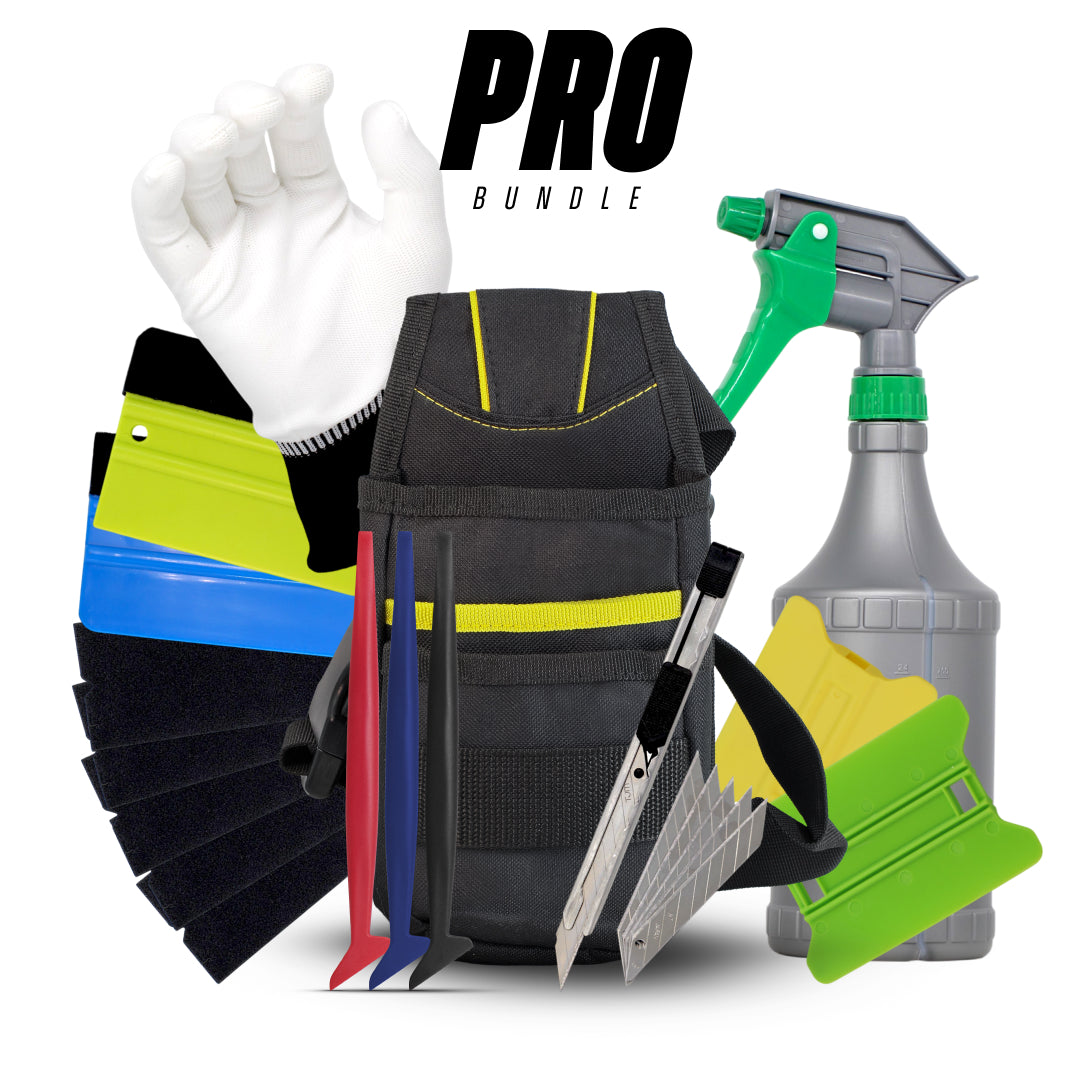
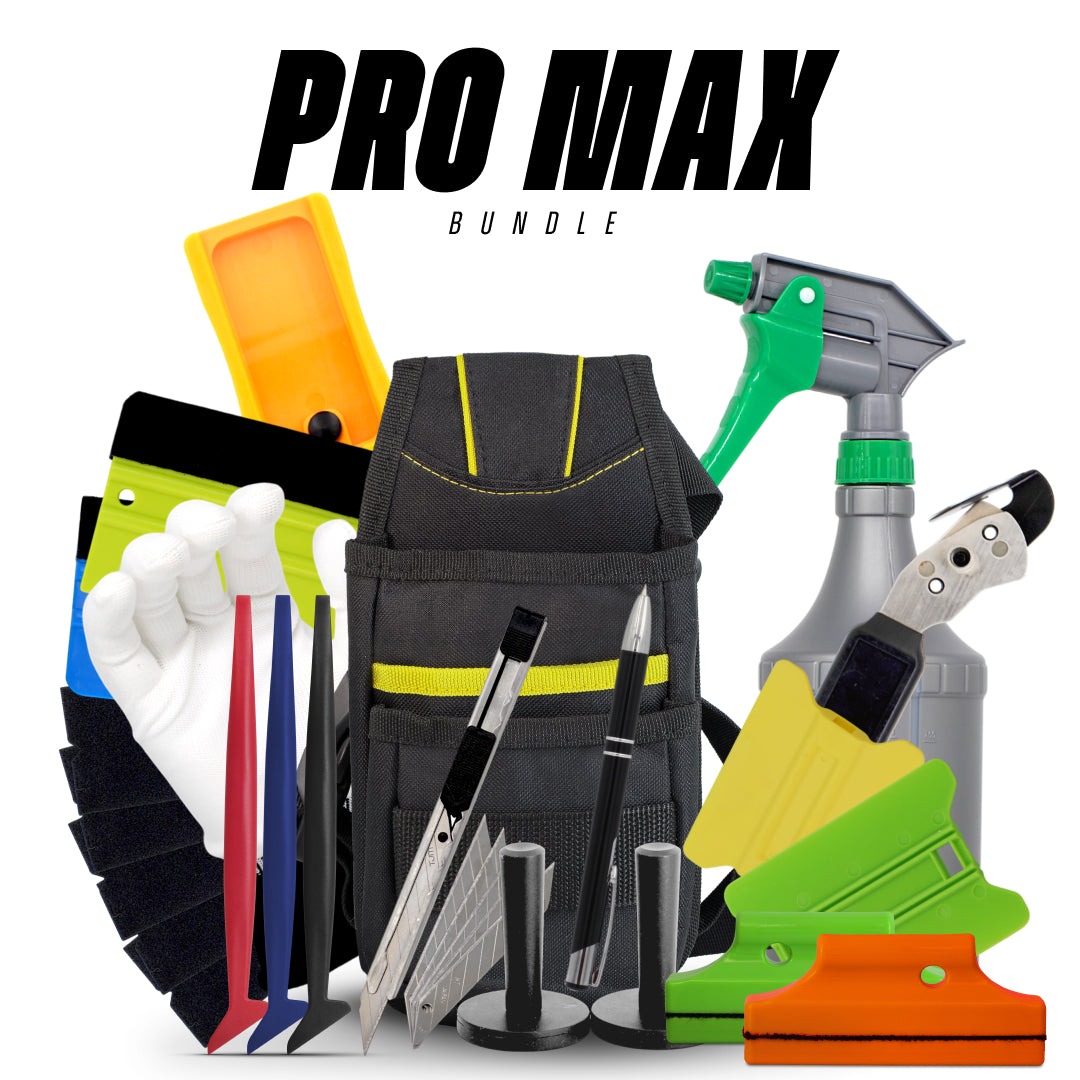
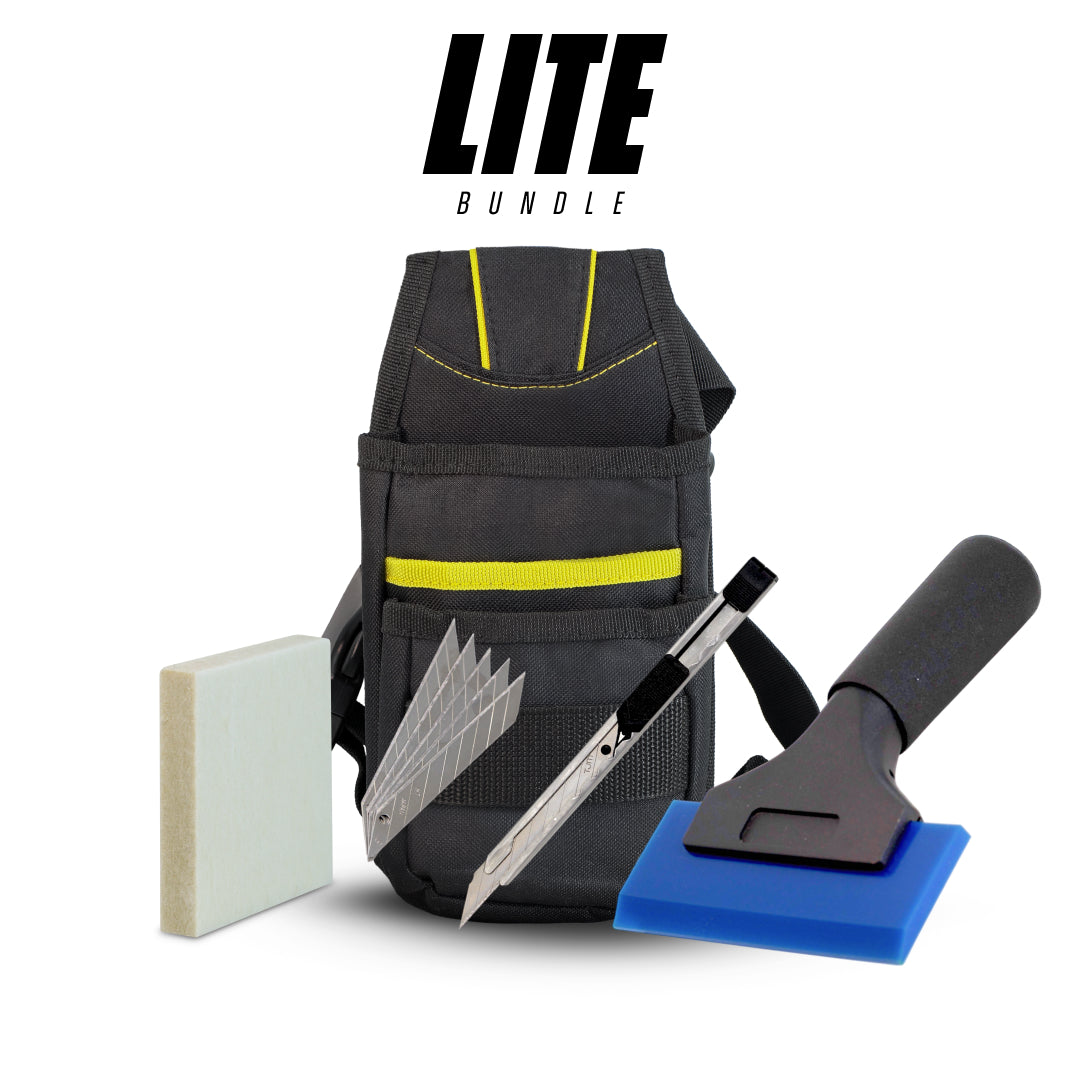
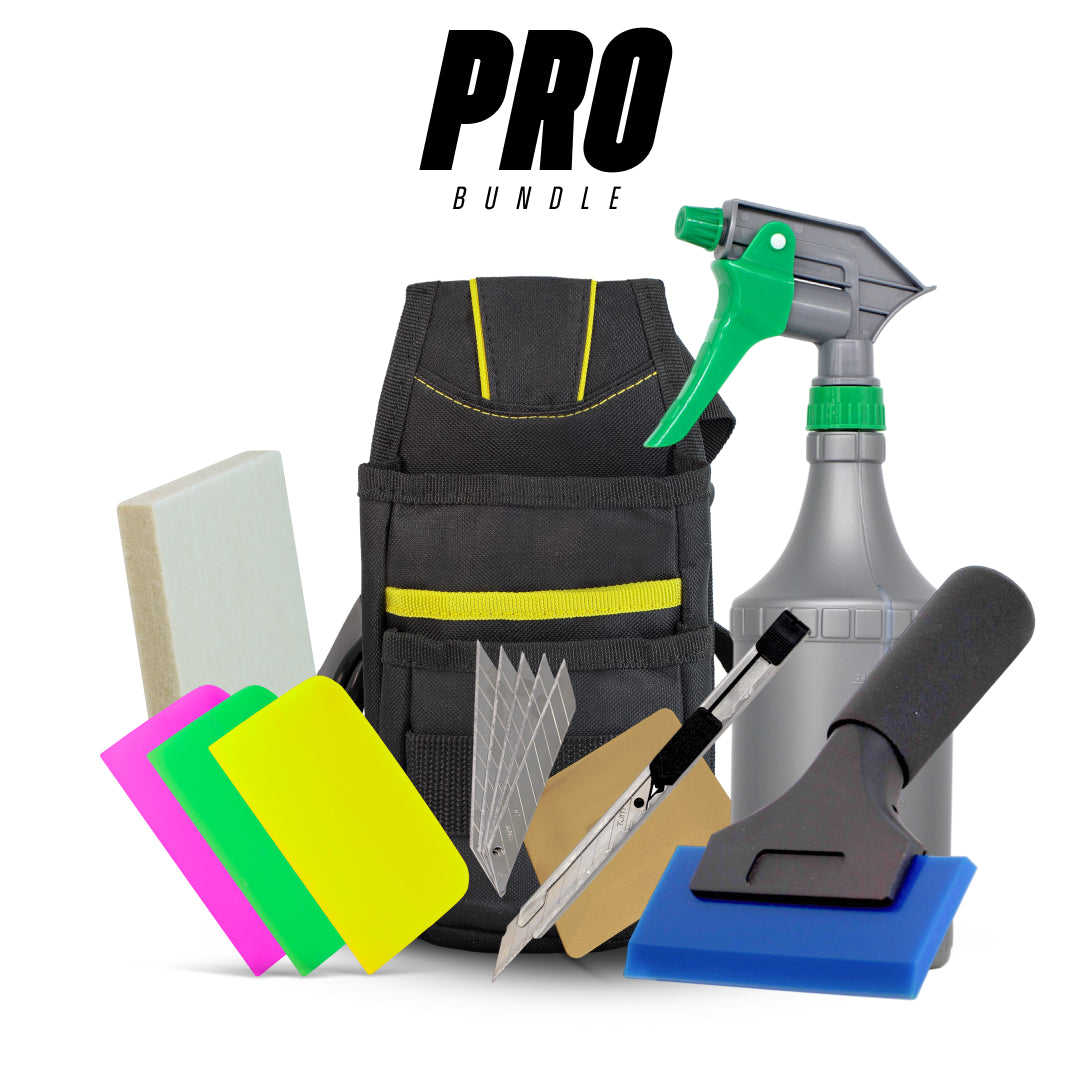
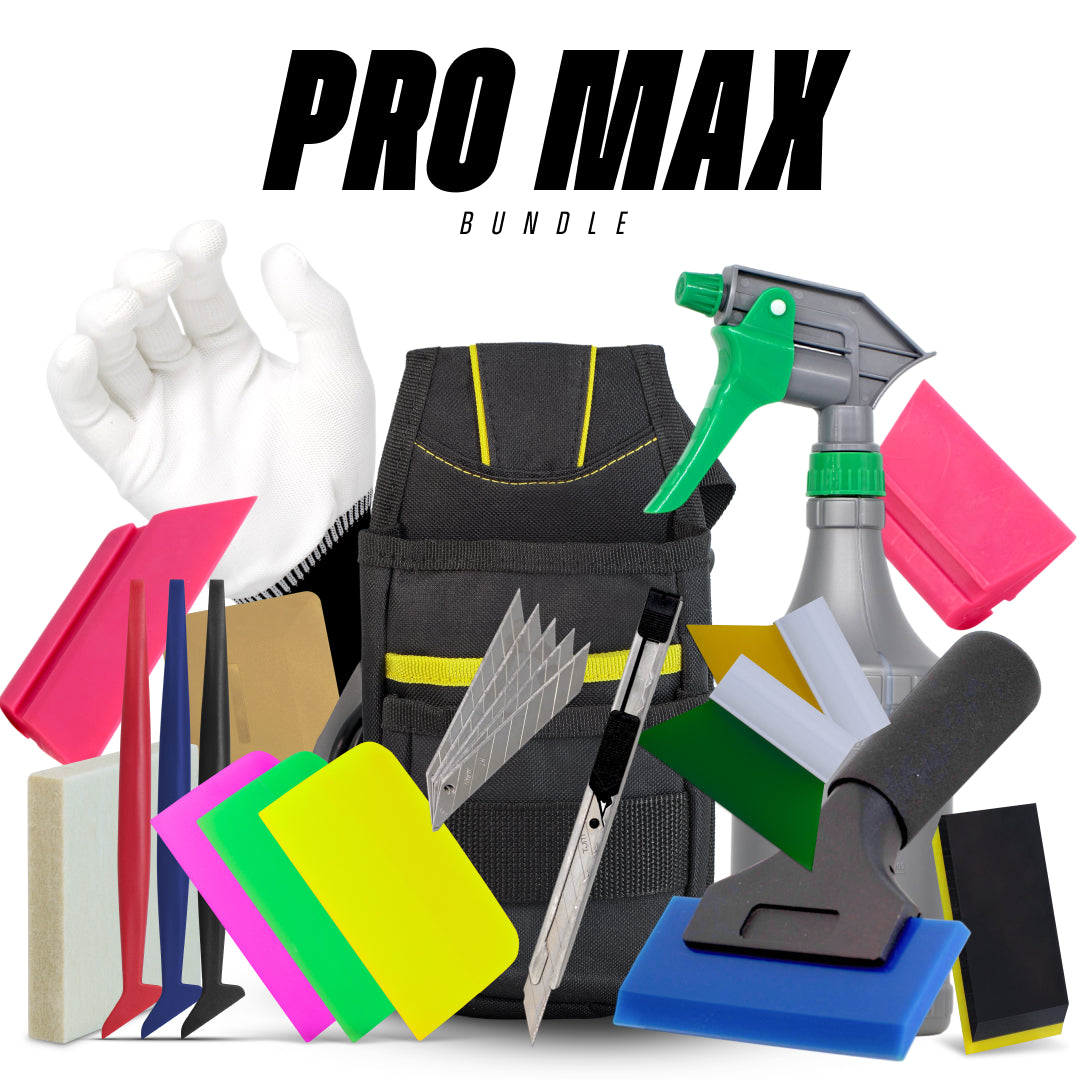
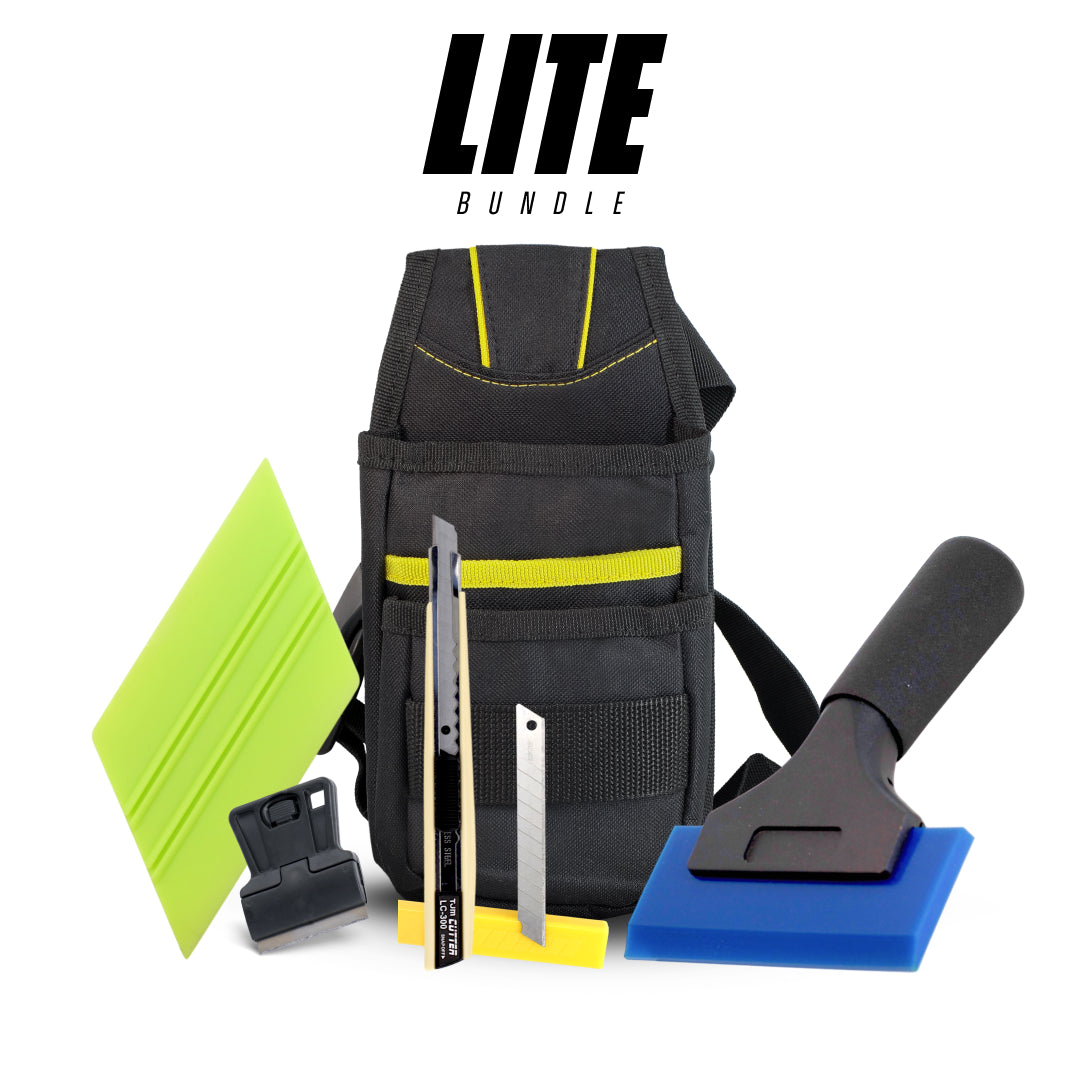
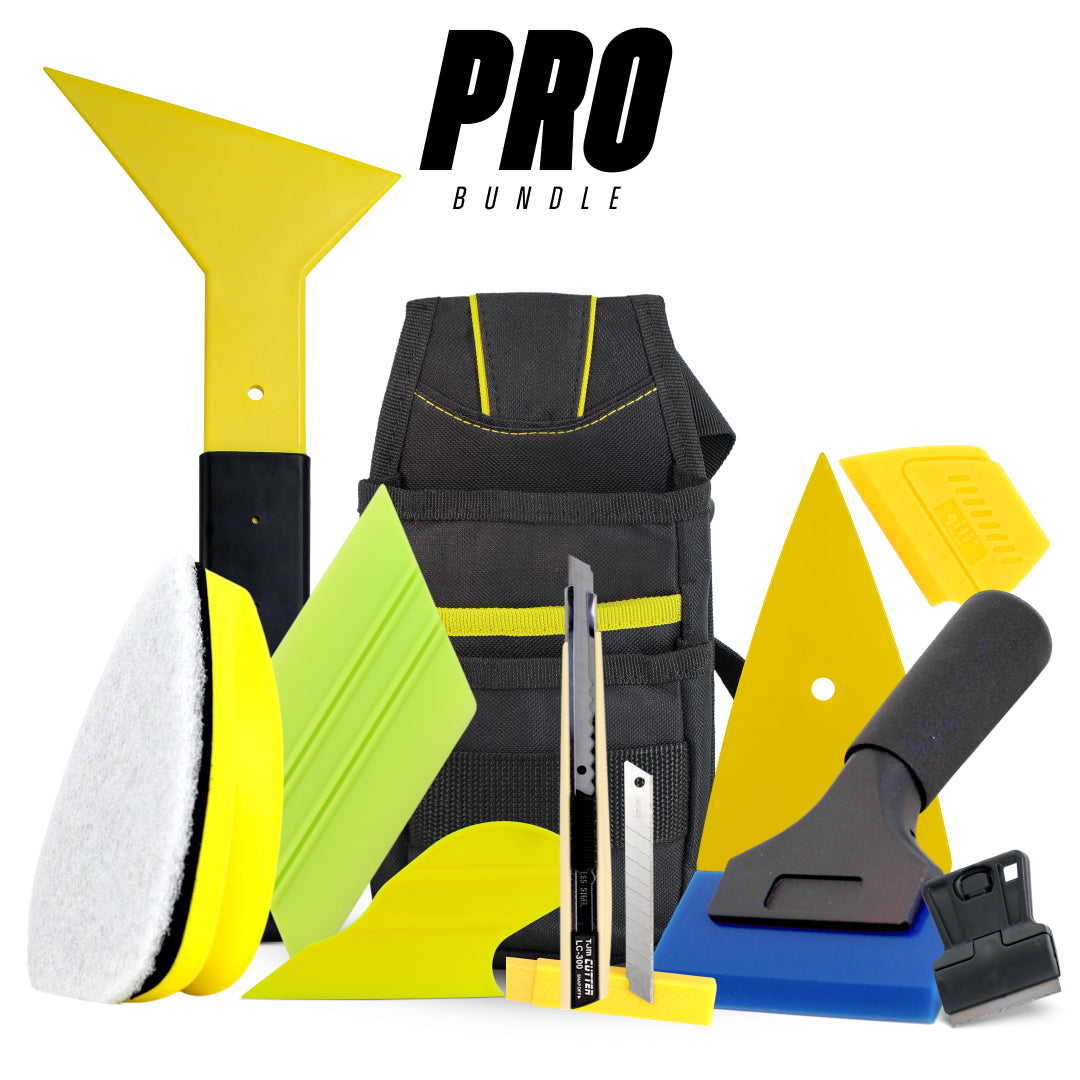
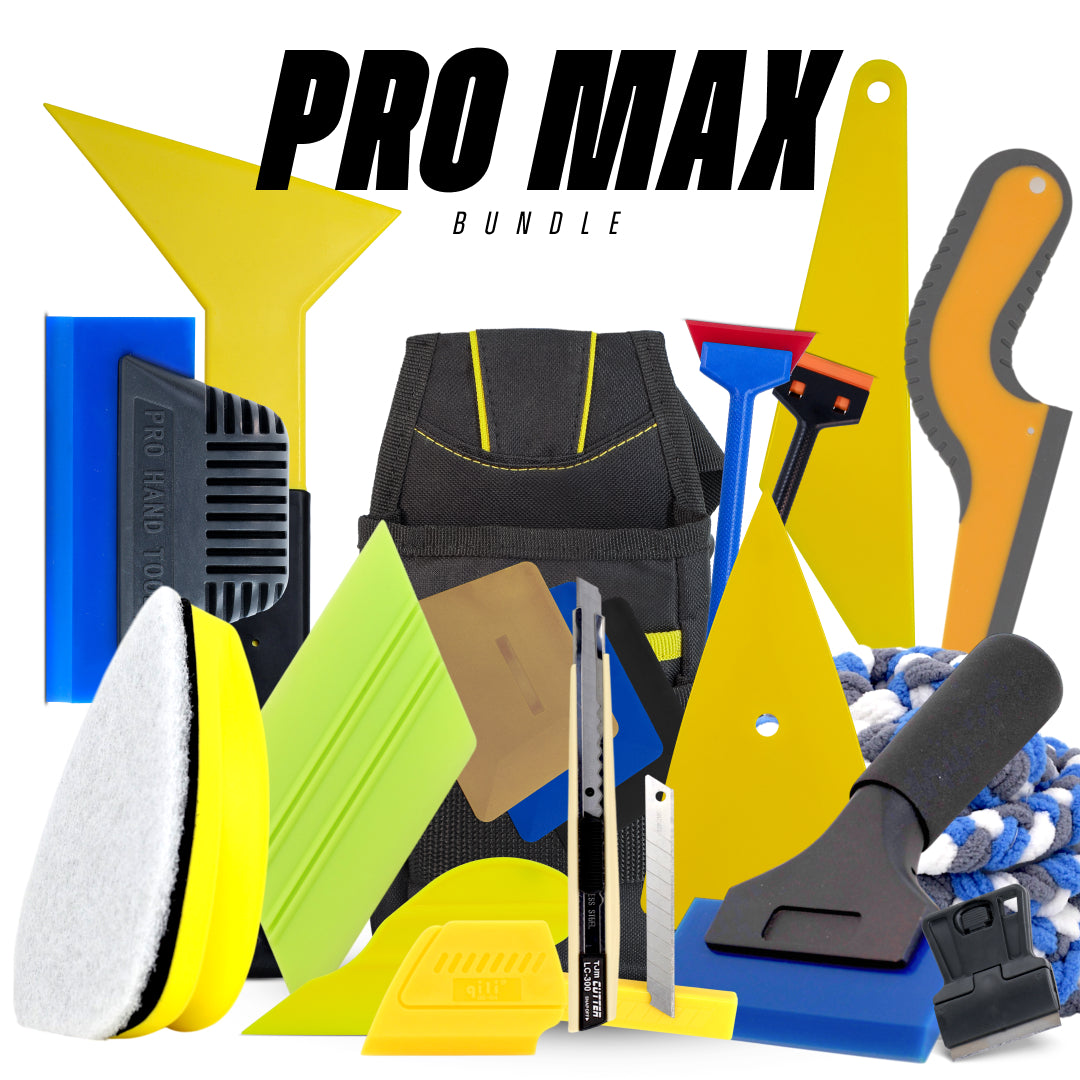

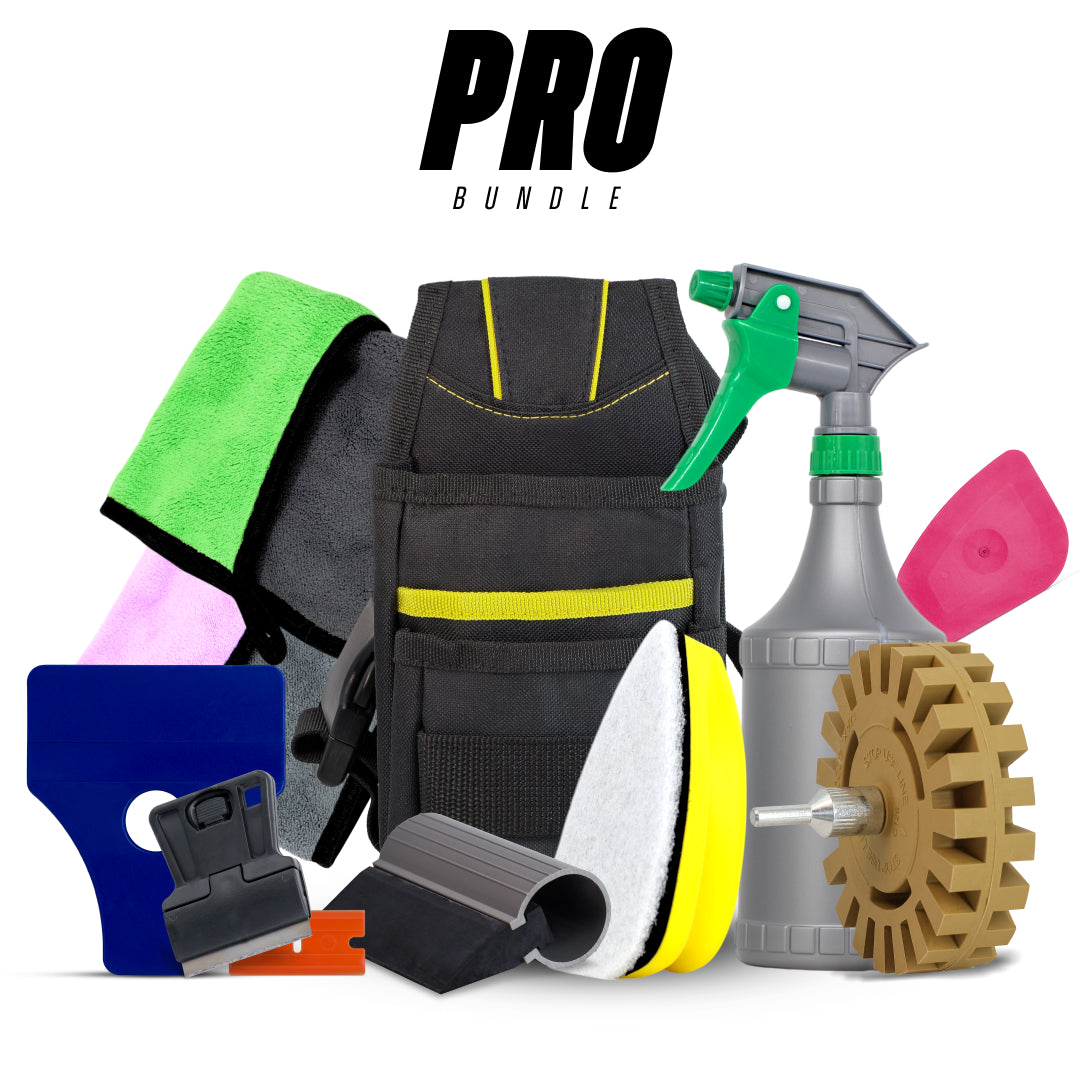
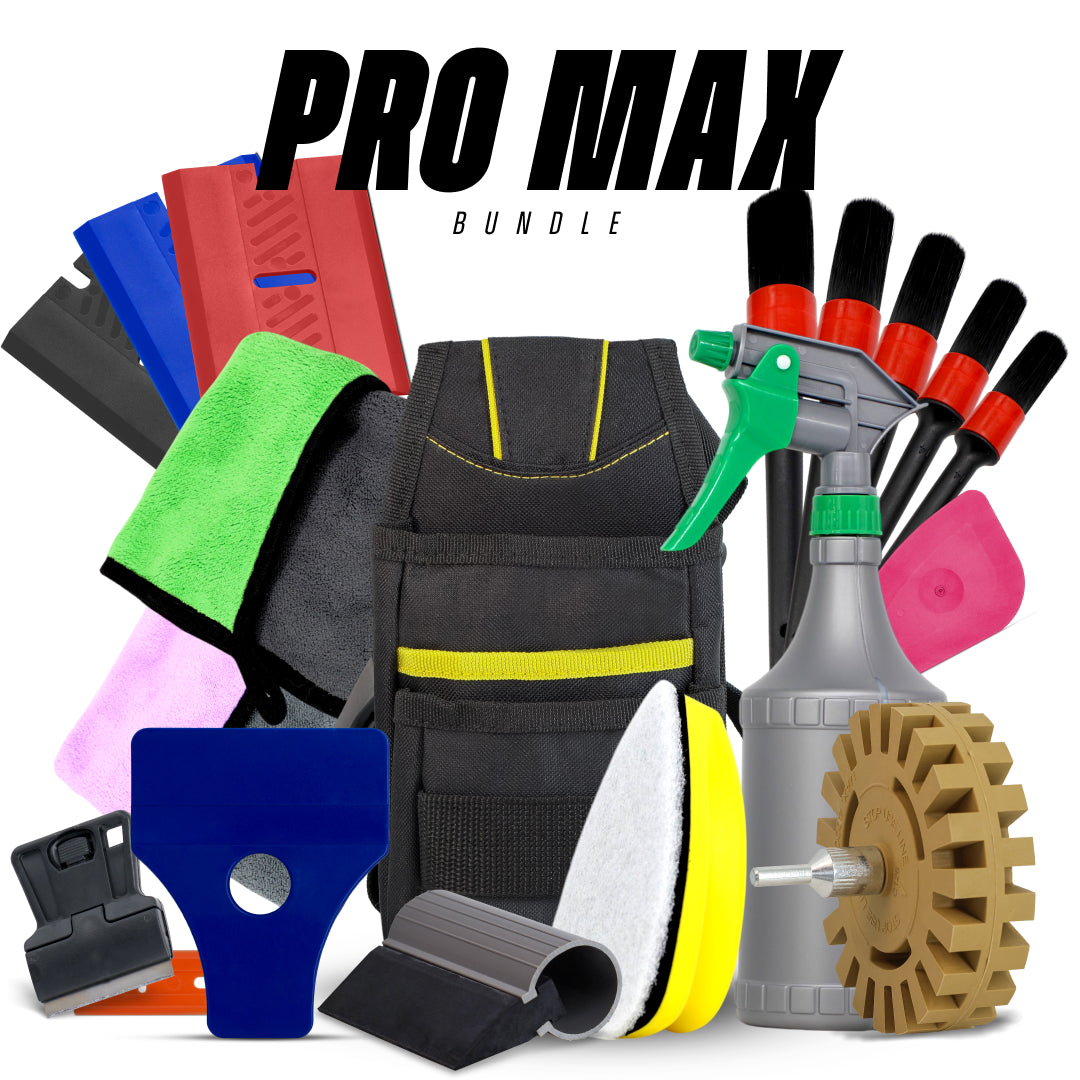

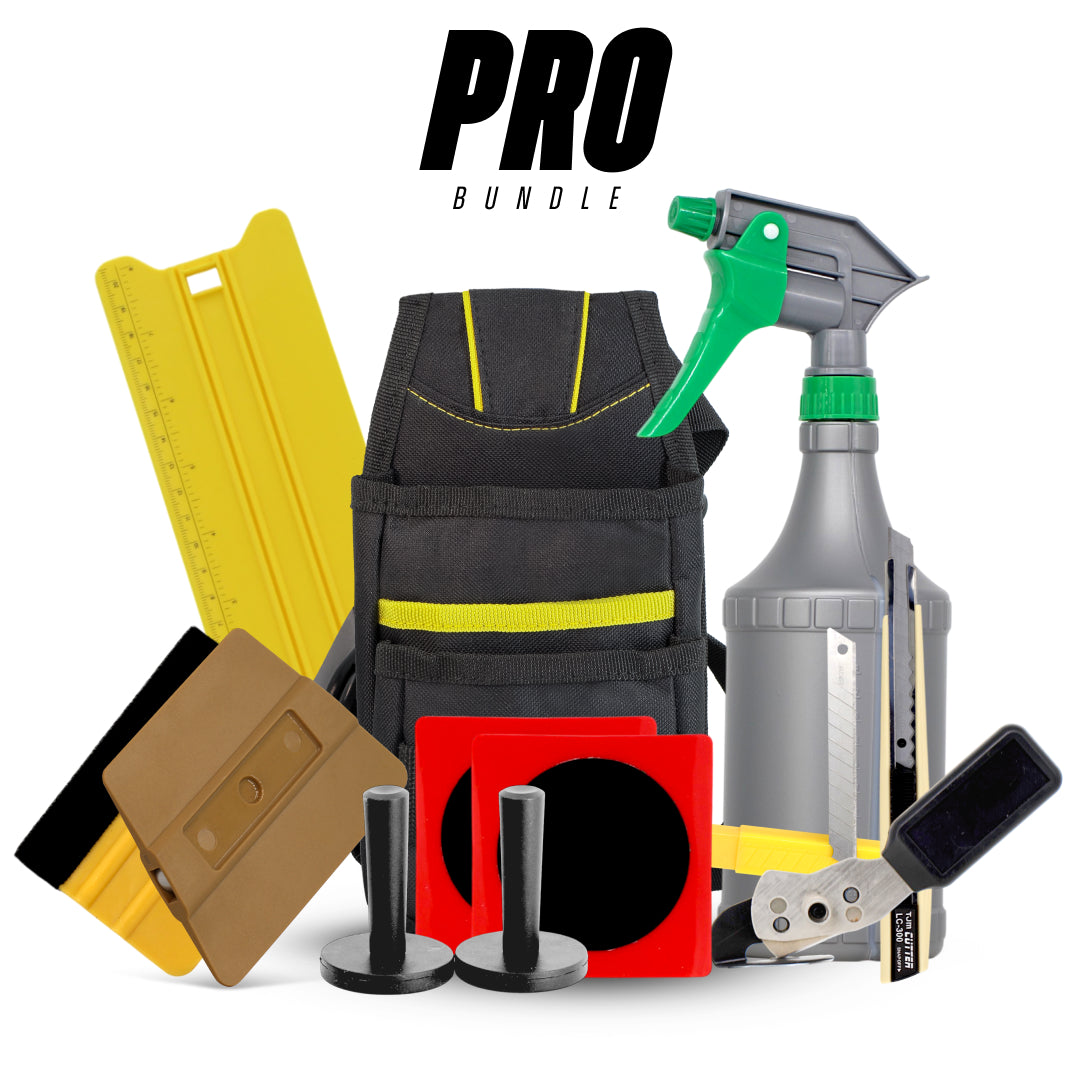
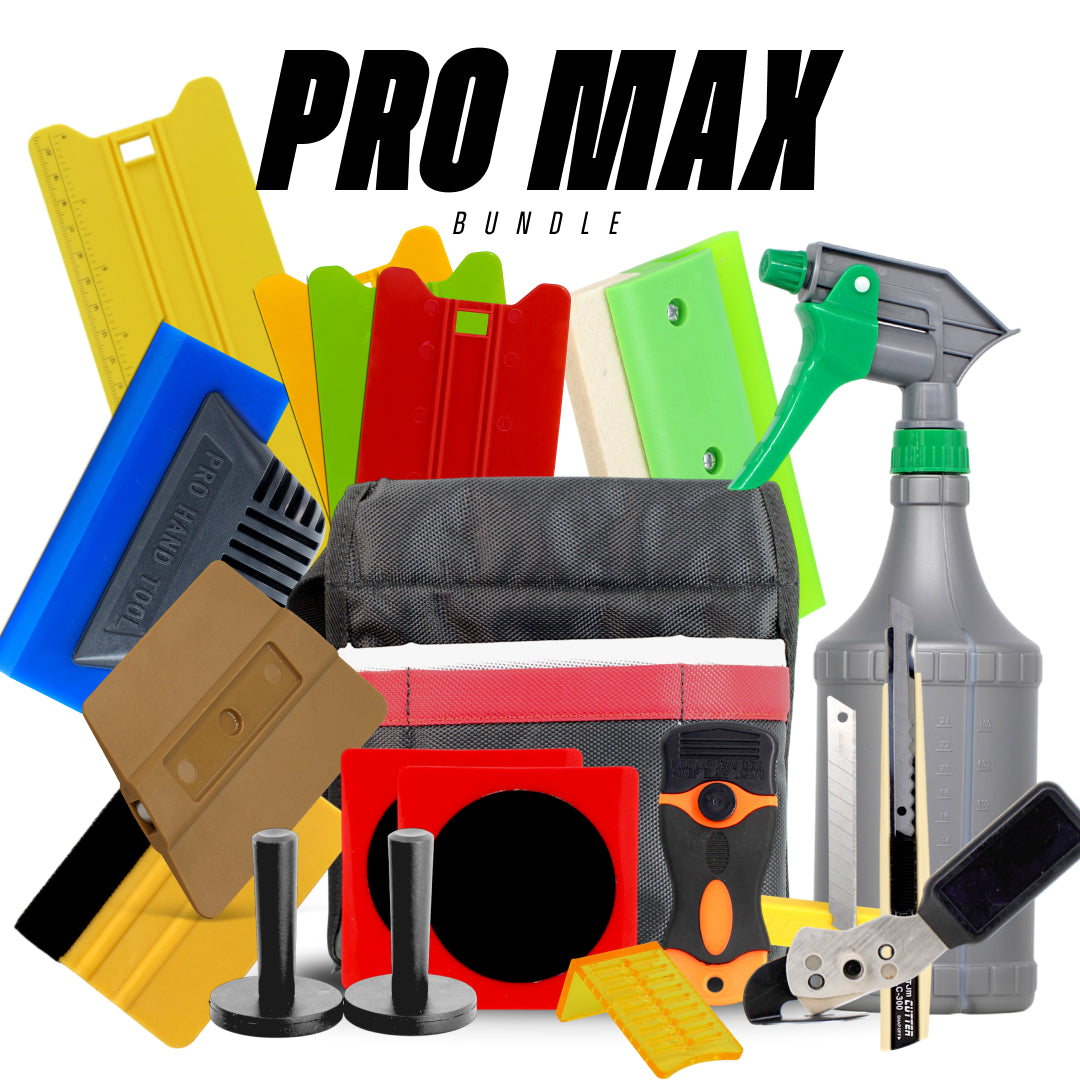
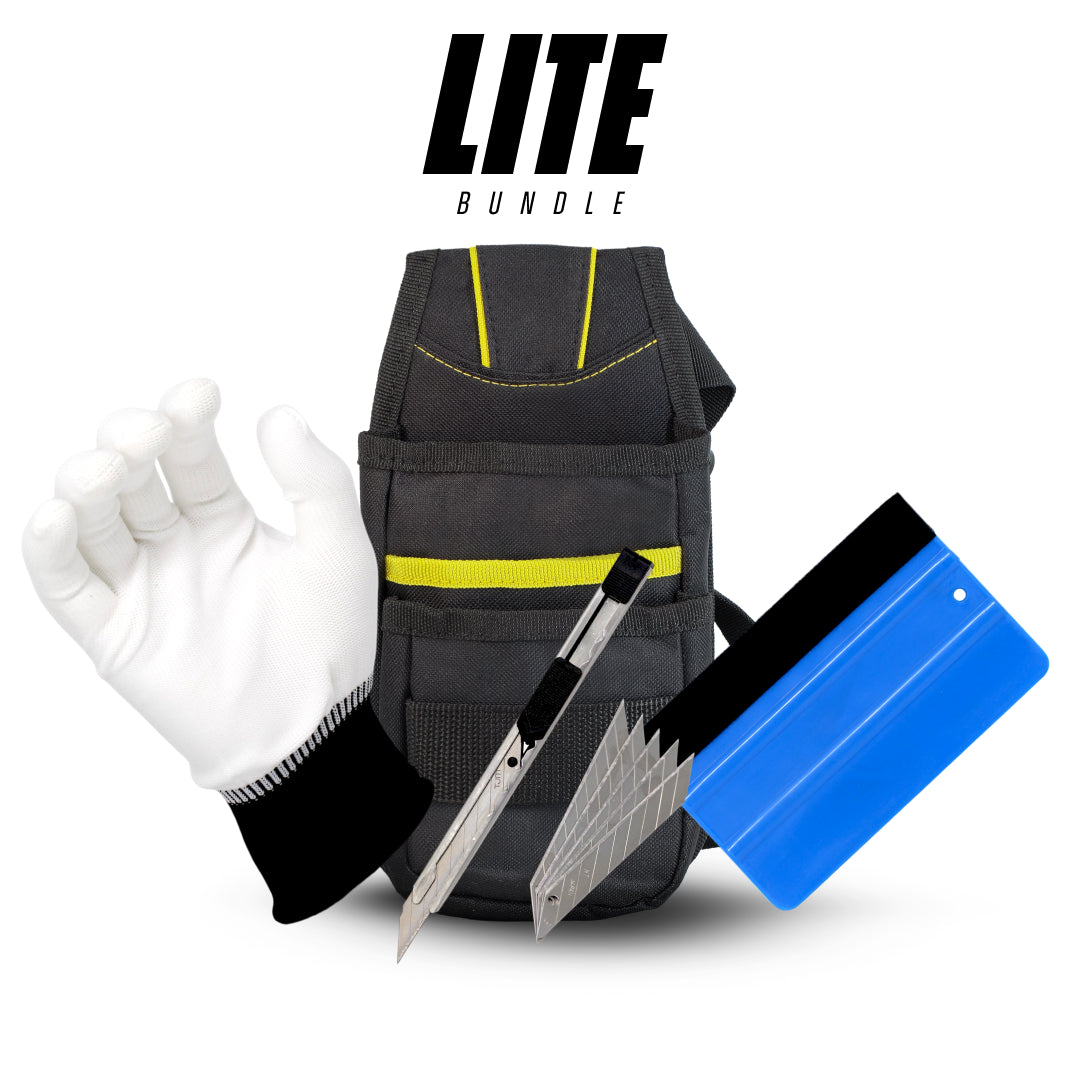

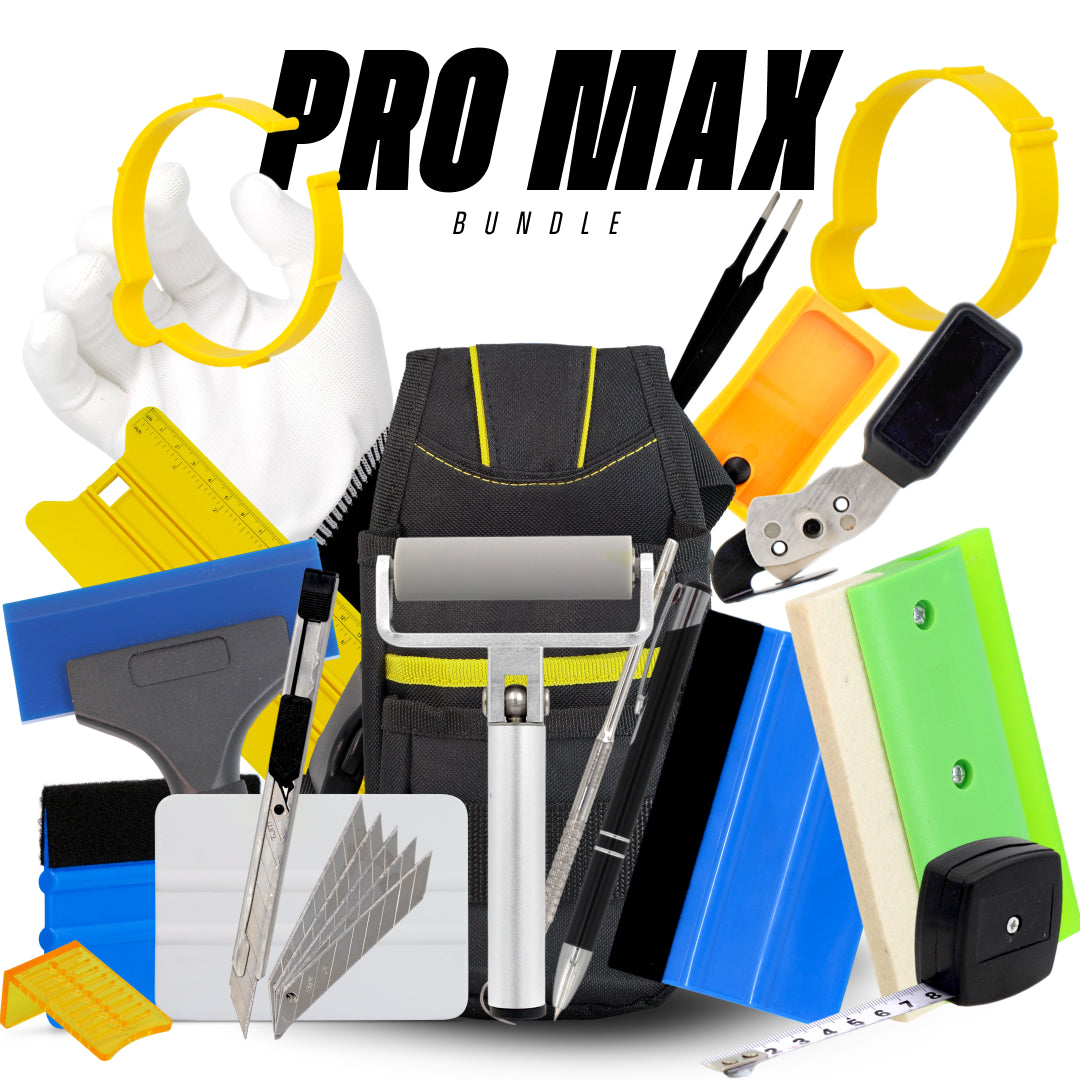


Leave a comment
This site is protected by hCaptcha and the hCaptcha Privacy Policy and Terms of Service apply.